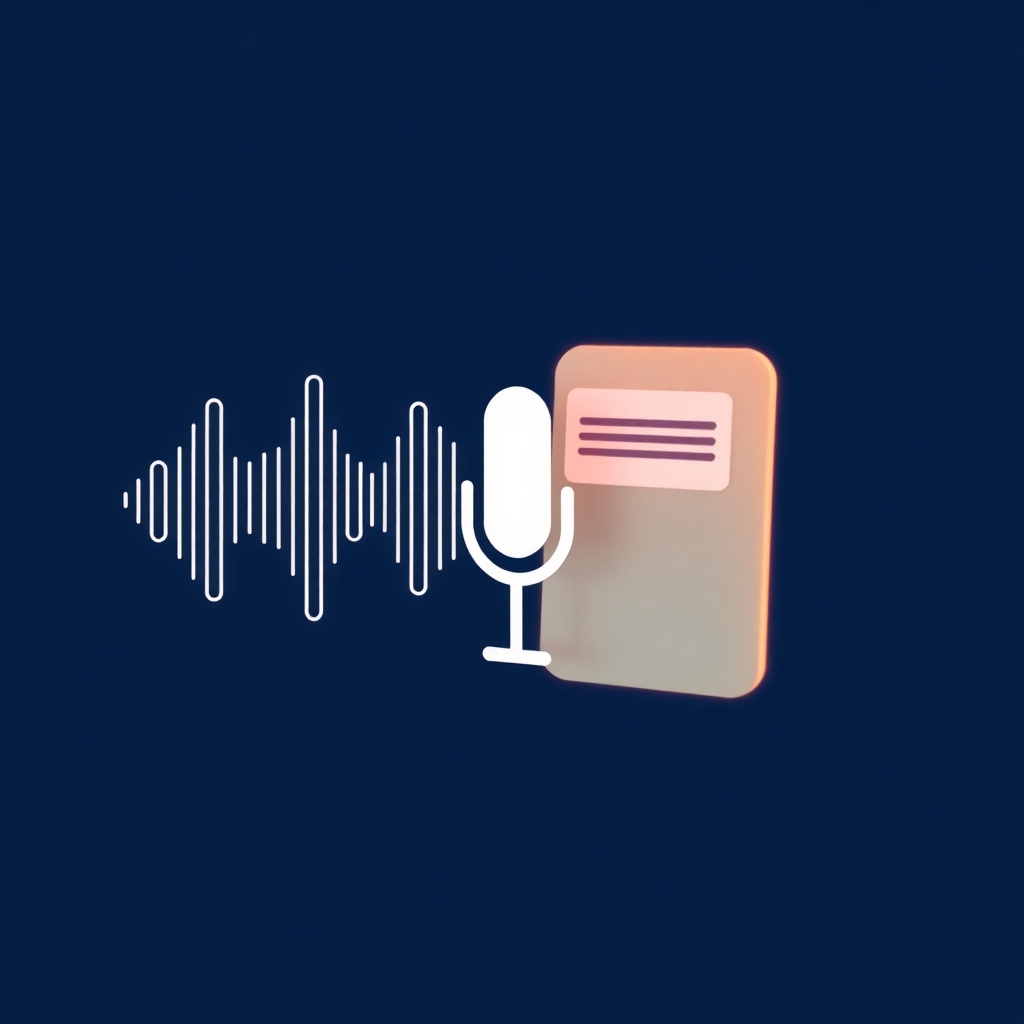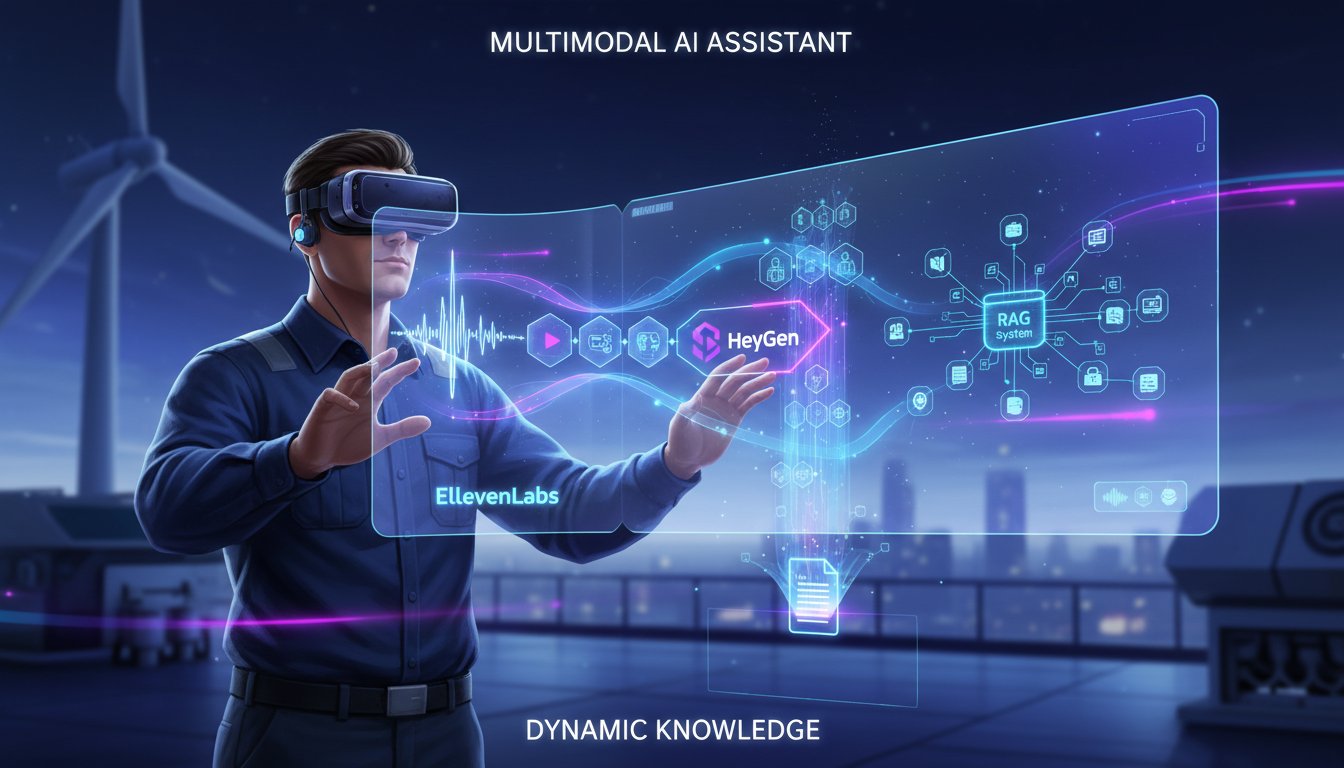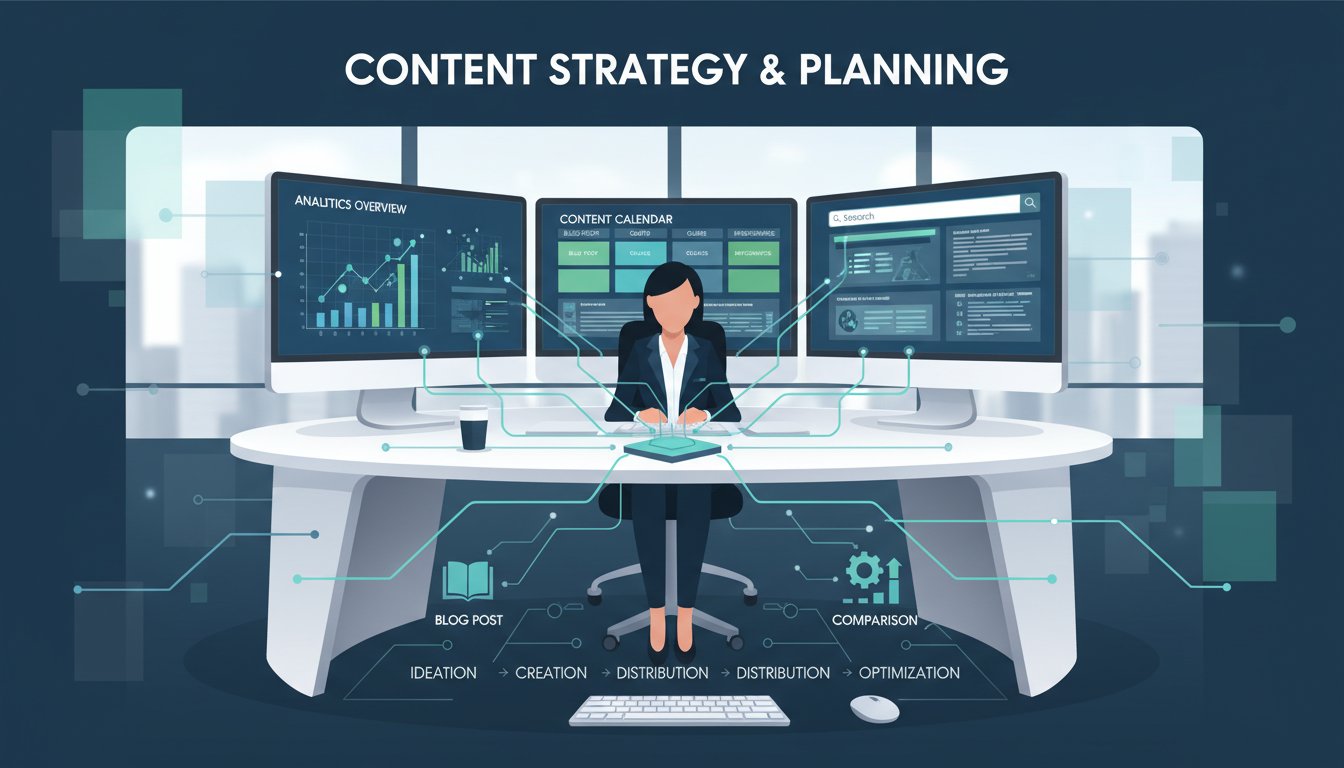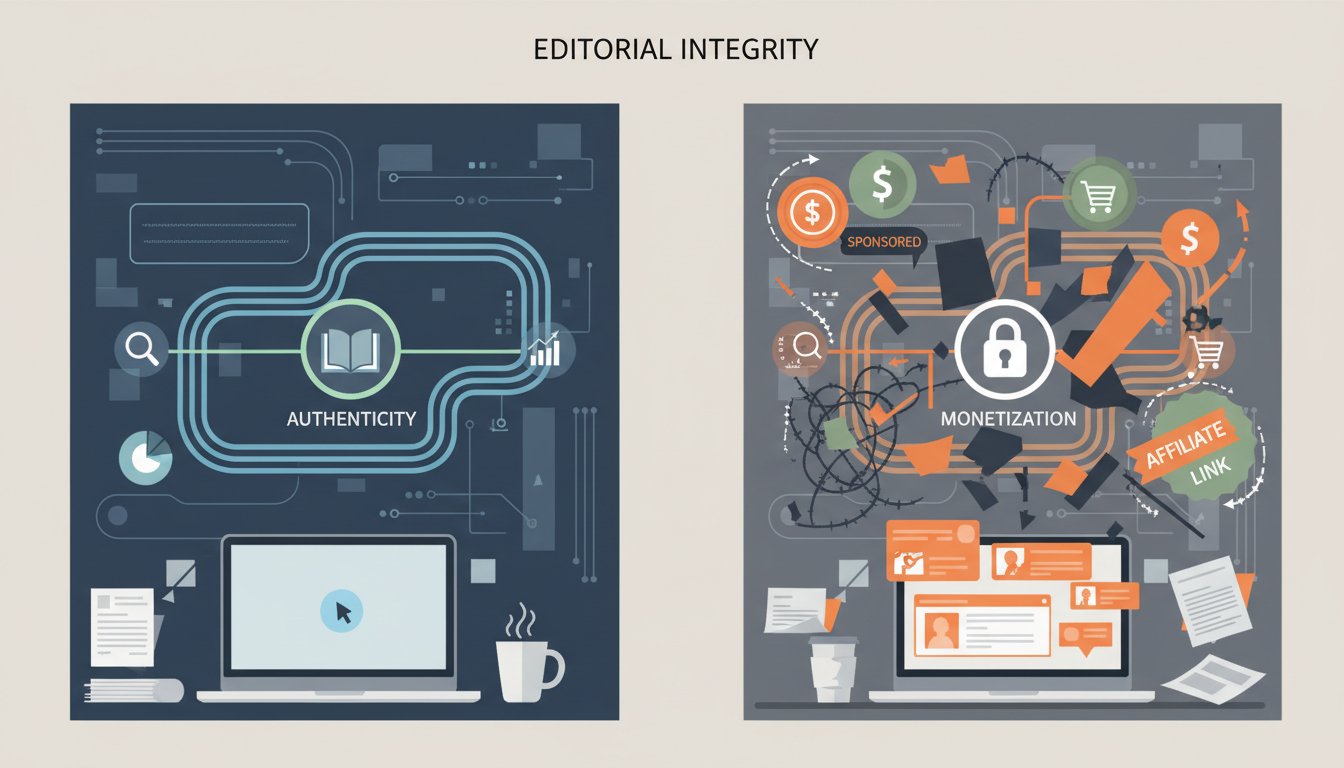The ElevenLabs & Zendesk Integration Guide: How to Automate AI Voice Support
In today’s fast-paced digital landscape, customer expectations for support are higher than ever. Businesses are increasingly turning to artificial intelligence (AI) to enhance customer interactions and streamline operations. This guide provides a comprehensive technical walkthrough on integrating ElevenLabs’ cutting-edge AI text-to-speech (TTS) capabilities with Zendesk, the renowned customer service platform. By following this guide, developers, system integrators, and customer support managers can learn to automate voice responses for support tickets, significantly improving customer engagement and operational efficiency.
Why Integrate ElevenLabs with Zendesk?
Integrating ElevenLabs’ realistic AI voices into your Zendesk workflow offers a multitude of benefits:
- Enhanced Customer Interaction: Provide personalized, natural-sounding voice responses. Cater to customers who prefer audio or require alternative communication methods, thereby improving accessibility.
- Increased Operational Efficiency: Automate responses to frequently asked questions or standard updates, freeing up human agents to handle more complex and nuanced issues. Maintain a consistent brand voice across all automated communications.
- Improved Response Times: Deliver instant voice information for common queries, reducing customer wait times.
- Leveraging Realistic AI Voices for Enterprise RAG Systems: For organizations utilizing Retrieval Augmented Generation (RAG) systems, this integration is particularly powerful. RAG systems can retrieve or generate highly accurate textual information. ElevenLabs can then transform this text into high-quality, contextually appropriate voice responses, making interactions feel more human and trustworthy.
Prerequisites for Integration
Before you begin, ensure you have the following:
- An active ElevenLabs account. If you don’t have one, click here to sign up.
- Your ElevenLabs API Key.
- A Zendesk Suite plan that supports API access and custom integrations (e.g., Professional or Enterprise).
- Administrator privileges in your Zendesk account.
- A basic understanding of APIs, webhooks, and potentially a scripting/backend language (e.g., Python, Node.js) to create a middleware service if needed.
Step-by-Step Integration Guide
This technical walkthrough outlines the core steps to integrate ElevenLabs with Zendesk. The exact implementation details for the middleware component may vary based on your chosen technology stack.
Step 1: Obtain Your ElevenLabs API Key
- Log in to your ElevenLabs account.
- Navigate to your profile or API section.
- Copy your API key and store it securely. This key will be used to authenticate requests to the ElevenLabs API.
Step 2: Plan Your Zendesk Integration Strategy
- Identify Use Cases: Determine which scenarios in Zendesk will trigger a voice response. Examples:
- Acknowledging new ticket submissions with a voice message.
- Providing automated voice updates when a ticket status changes.
- Responding to specific keywords or intents in customer inquiries.
- Middleware Decision: Zendesk triggers will typically call an external service (middleware) to handle the logic of fetching text, calling the ElevenLabs API, and then updating the Zendesk ticket. This middleware can be a serverless function (AWS Lambda, Google Cloud Functions, Azure Functions) or a small web application.
Step 3: Configure Zendesk Triggers and Webhooks
- In Zendesk, navigate to Admin Center > Objects and rules > Triggers.
- Click Add trigger.
- Define the Conditions for the trigger. For example:
Ticket | Is | CreatedChannel | Is | Web form(or any other channels you wish to target)- (Optional)
Tags | Contains at least one of the following | ai_voice_support
- Under Actions, select Notify active webhook.
- If you haven’t created a webhook yet, you’ll need to add one. Click the option to create a new webhook.
- Name: e.g.,
ElevenLabs TTS Webhook - Endpoint URL: This will be the URL of your middleware service that processes the request and interacts with ElevenLabs.
- Request method:
POST - Request format:
JSON - Authentication: Configure as needed for your middleware (e.g., Bearer token, Basic auth).
- Name: e.g.,
- In the JSON body of the webhook notification, include the necessary ticket information. You can use Zendesk placeholders:
json
{
"ticket_id": "{{ticket.id}}",
"subject": "{{ticket.subject}}",
"description": "{{ticket.description}}",
"latest_comment": "{{ticket.latest_comment.value}}",
"requester_email": "{{ticket.requester.email}}"
} - Save the webhook and then select it in your trigger’s actions.
Step 4: Develop the Middleware for Voice Generation
This middleware service is the core of the integration. It will:
- Receive Data from Zendesk: Create an endpoint that accepts the POST request from the Zendesk webhook.
- Extract/Prepare Text: Based on the received data, determine the text to be converted to speech. This could be a static message, dynamic content from the ticket, or information retrieved from a knowledge base or RAG system based on the ticket content.
- Call ElevenLabs API: Make a POST request to the ElevenLabs TTS API endpoint (e.g.,
https://api.elevenlabs.io/v1/text-to-speech/{voice_id}).- Headers:
xi-api-key: Your ElevenLabs API Key.Content-Type:application/json
- Body (example):
json
{
"text": "Hello, we have received your support ticket. We will get back to you shortly.",
"model_id": "eleven_multilingual_v2", // Or your preferred model
"voice_settings": {
"stability": 0.7,
"similarity_boost": 0.75
}
} - You’ll need to choose a
voice_idfrom the voices available in your ElevenLabs account.
- Headers:
- Handle Audio Response: The ElevenLabs API will return an audio file (e.g., MP3). Your middleware needs to receive this audio data.
Step 5: Embed or Link Audio Replies in Zendesk Tickets
Once your middleware has the audio file:
- Store the Audio (if necessary): You might need to temporarily store the audio file on a publicly accessible server or a cloud storage service (like AWS S3, Google Cloud Storage) to get a stable URL. Some ElevenLabs API endpoints might return audio directly that can be streamed or saved.
- Update Zendesk Ticket: Use the Zendesk API (
/api/v2/tickets/{ticket_id}.json) to add a new comment to the ticket. This comment will contain the link to the audio file or an embedded HTML5 audio player.- Method:
PUT - Request Body (example for an internal note or public reply):
json
{
"ticket": {
"comment": {
"html_body": "An automated voice response has been generated: <br/><audio controls src='URL_TO_YOUR_AUDIO_FILE.mp3'></audio> <br/> <a href='URL_TO_YOUR_AUDIO_FILE.mp3'>Download audio</a>",
"public": false // Set to true for public replies
}
}
} - Ensure your middleware has the necessary Zendesk API credentials (e.g., an API token) to perform this update.
- Method:
Important Considerations:
- Error Handling: Implement robust error handling for API failures (both ElevenLabs and Zendesk), network issues, and invalid data.
- Security: Securely manage all API keys and credentials. Avoid hardcoding them directly in client-side scripts or version control.
- Scalability: Design your middleware to handle the potential volume of requests.
- Cost Management: Be mindful of API usage costs for both ElevenLabs and any cloud services used for the middleware or audio storage.
- Voice Selection & Customization: Experiment with different ElevenLabs voices and settings to find the best fit for your brand.
- Content for TTS: Carefully craft the text that will be converted to speech. For dynamic content from users, ensure it’s sanitized.
Practical Use Cases for Enterprise-Grade RAG Systems
The integration of Zendesk and ElevenLabs becomes even more potent when combined with RAG systems:
- Intelligent FAQ Responses: A customer asks a question. Zendesk triggers your middleware. The middleware queries your RAG system, which provides a precise text answer. ElevenLabs then converts this answer into a natural-sounding voice response delivered back through the Zendesk ticket.
- Dynamic Status Updates: Instead of generic updates, a RAG system can compile detailed, context-specific information about an order or issue, which ElevenLabs then articulates.
- Guided Troubleshooting: For technical support, a RAG system can generate step-by-step troubleshooting instructions that ElevenLabs reads out, providing a more engaging and accessible support experience.
Get Started with ElevenLabs Today!
The combination of ElevenLabs’ advanced AI voice technology and Zendesk’s robust customer service platform offers a powerful way to innovate your support operations. By automating voice responses, you can enhance customer satisfaction, improve efficiency, and provide a more accessible and modern support experience.
Ready to revolutionize your customer engagement? Click here to sign up for ElevenLabs and explore the future of voice AI.
Conclusion
Integrating ElevenLabs with Zendesk is a forward-thinking approach to customer service. While it requires technical setup, the benefits of automated, high-quality AI voice support are substantial. By following the steps outlined in this guide, businesses can create more engaging, efficient, and accessible customer support channels, setting a new standard in customer interaction. Start exploring this integration today and unlock the potential of AI voice in your service desk operations.




